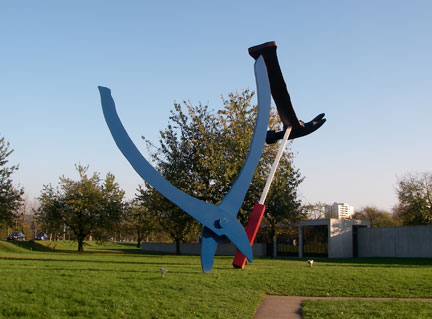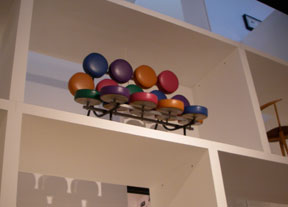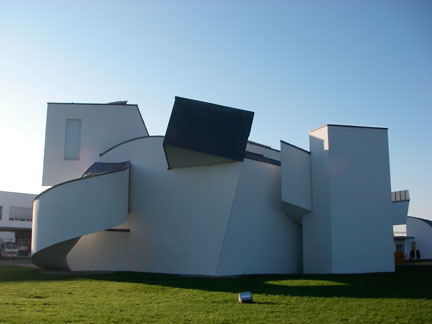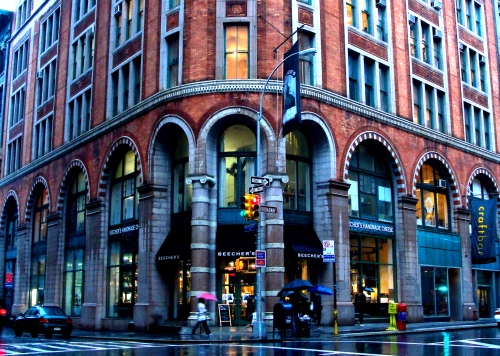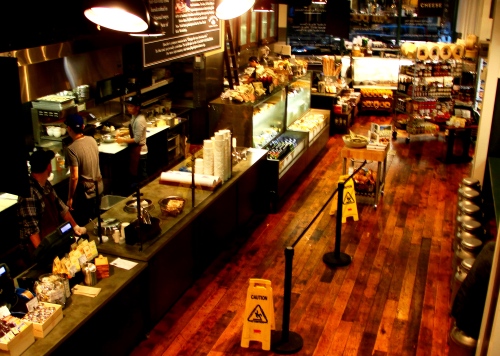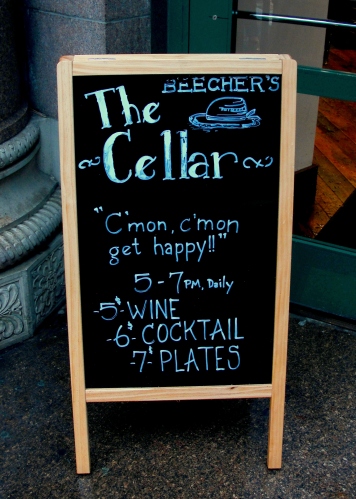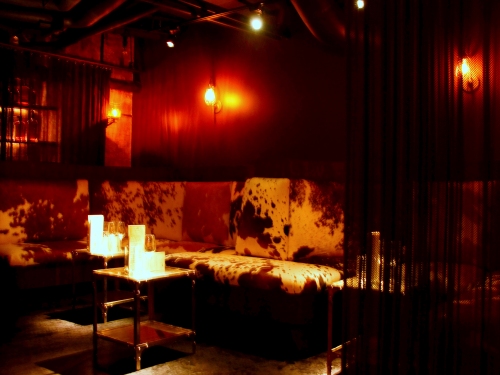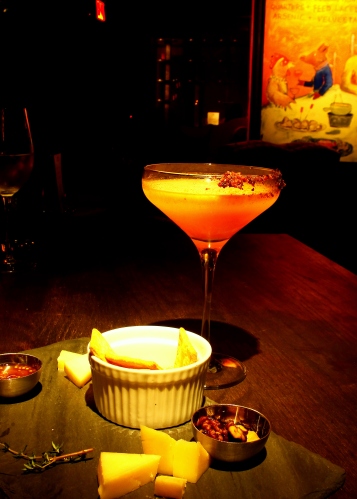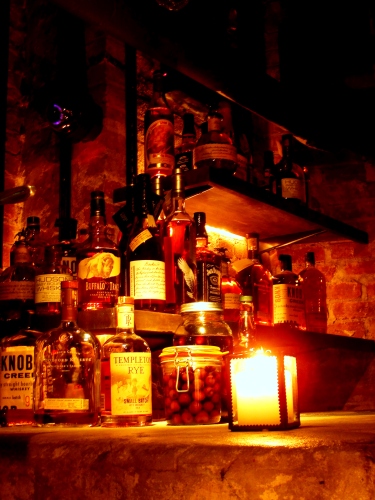Last year OHNY intern Ted traveled to Bridgeport, Conn. to explore Pleasure Beach, a former seaside attraction and seasonal community. What he found was a glimpse of Bridgeport’s past, and a reminder of its current state of abandonment.

An abandoned sofa sits in the surf on Pleasure Beach
Unless you have a boat, the only way to visit Pleasure Beach today is to hike out across a mile long sand bar that connects the island to the neighboring town of Stratford. The isthmus was built in the 1950s by the Army Corps of Engineers to help protect the wetlands just north of Long Island Sound.
When you arrive on the island, what you encounter is a ghost town. Abandoned cottages line an unkempt street that stretches west towards two gigantic radio towers. Further on, the skyline of Bridgeport can be seen behind tractor trailers and the rush hour traffic of I-95.
Many of the houses had been deserted long ago: wooden boards and planks that once barred the doors and covered the windows had since been ripped off or destroyed. Plants and graffiti cover everything, what was once clearly a cozy beach neighborhood is now completely empty.

Plants slowly reclaim a porch on Pleasure Beach
Every so often along the street there was a vacant, rubble-strewn lot between the houses. The trees on these plots were leafless and scorched, casualties of the arson that destroyed whatever house used to stand there. All over the island there were signs of fire.
In fact, on the morning of our visit there were some freshly burned ruins of a cottage, the charred debris still smoldering and hot. Elsewhere trees were blackened, and what used to be a grand carousel is now collapsed, reduced to a heap of blackened timber and ornate wooden flourishes.

A burnt tree stands next to the ruins of a cottage
At the far end of the island you find the remnants of its largest and most devastating fire, the swinging bridge fire. On Father’s Day 1996, a careless motorist tossed a lit cigarette onto the bridge while crossing, igniting the creosote used to waterproof the timber and stranding hundreds of visitors and residents on the island. Large iron nails stood in long rows along the burnt beams, exposed by the blaze.
When the bridge burned, it was widely assumed that it would be rebuilt quickly. Unfortunately, the predicted price of a new bridge climbed rapidly into the millions of dollars and Bridgeport, the largest and most impoverished of Connecticut’s cities, was unable to afford it.
The seasonal residents were stalwart, and for a time many returned by boat summer after summer. At the close of each season they would padlock their doors and board up their windows, their only defense against vandals and looters. Every year, though, fewer residents would return.

A bicycle stands on the overgrown road
Everywhere you go on the island you can see the telltale signs of a forgotten seaside community. Paperback books litter a yard, a bicycle stands rusting in the road, a baseball diamond is barely discernible amid heavy vegetation.
Next to the remains of the carousel stands a summer theater, its interior trashed and vandalized but still recognizable. A visitor pavilion sits in front of a wooden boardwalk, ovens and refrigerators rusting away inside its kitchens.

The interior of the Polka Dot Playhouse
It was clear that the people who once lived here never expected to leave for good. Inside the cottages beds were made, dishes and glasses lined the shelves, clothes were folded neatly in the bureaus and dressers. Children’s toys were scattered in yards, fishing gear was stored in garages.

A trundle bed covered with debris
Since our visit to Pleasure Beach, demolition crews were sent to the island to raze the remaining cottages. None of the nearly four dozen residential buildings remain. The horses from the old carousel, however, survive. After the bridge fire, the horses were removed from Pleasure Beach and installed in a new carousel at the Beardsley Zoo, also in Bridgeport.
The land bridge that connects the island to the mainland is now largely a protected habitat. Fences and signs alert pedestrians of the land’s status as a nesting area of the piping plover. The plover is one of the main concerns to those who would like to rebuild Pleasure Beach. As an endangered species, piping plovers and their habitats are protected from development under Connecticut law, barring anyone from building a road on the connecting land bridge.
So for now, the island sits vacant in full view of the interstate, the Metro-North line, and the Port Jefferson Ferry, a melancholy reminder of Bridgeport’s grand past.


